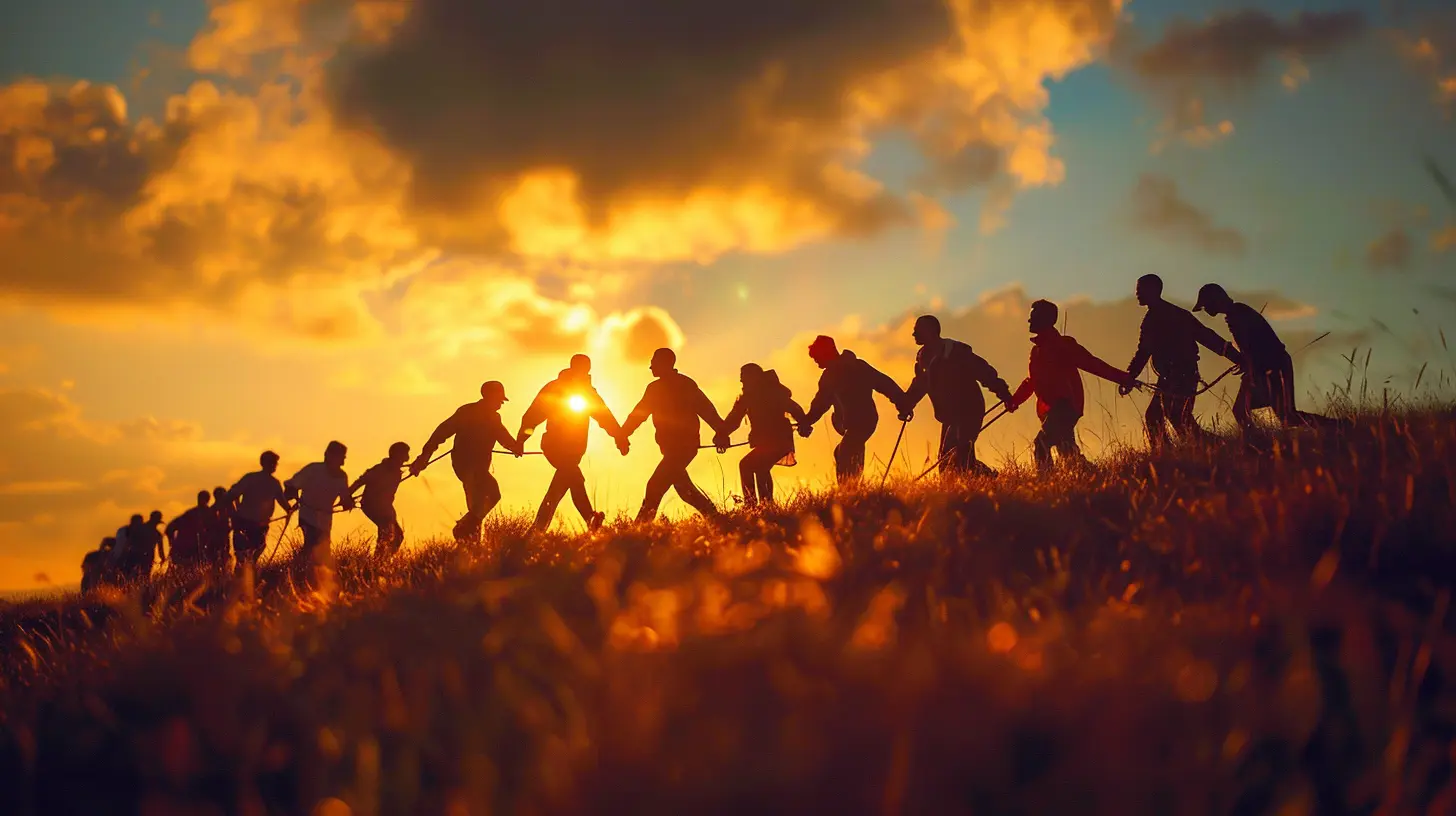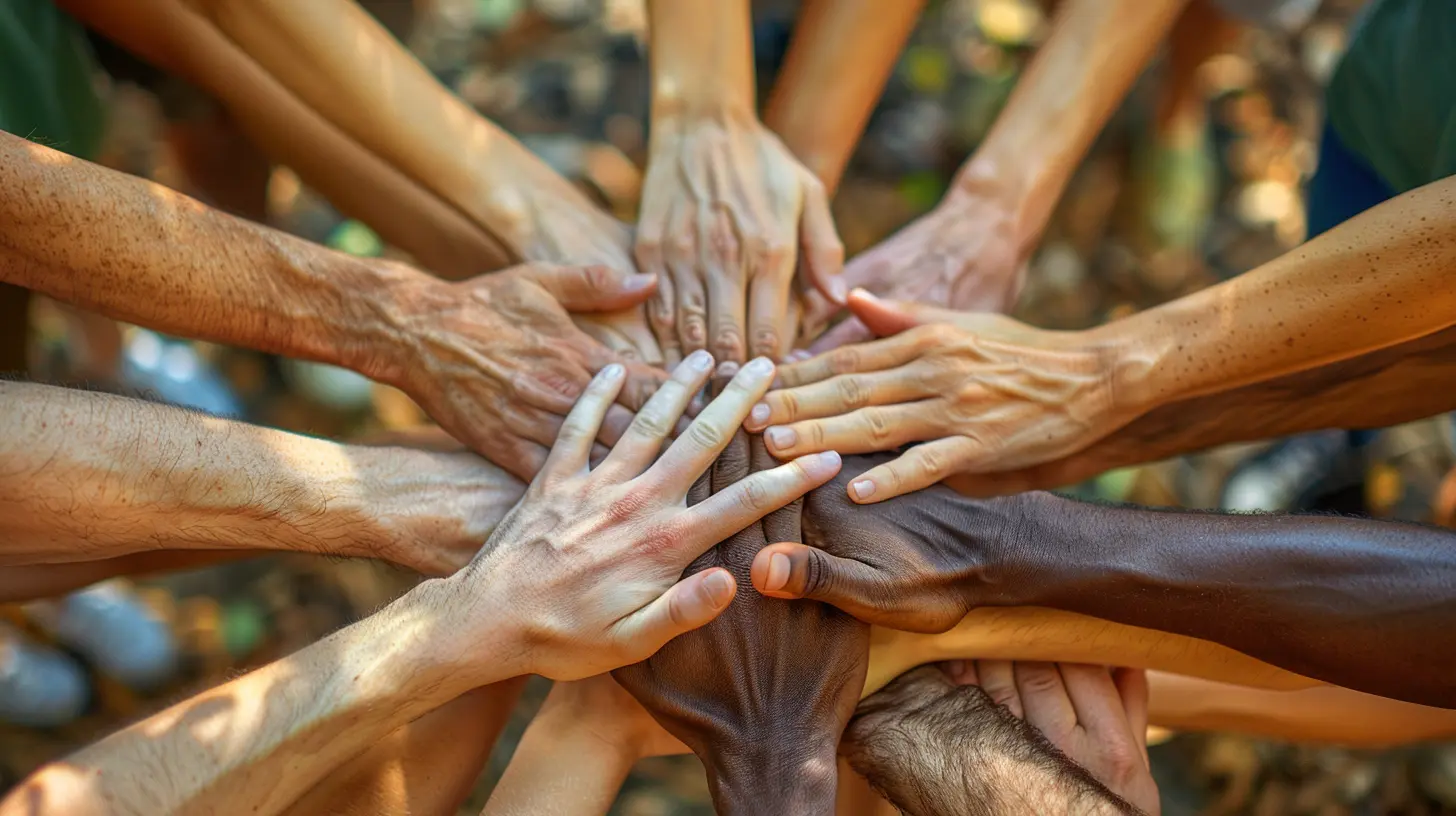The Importance of Collaboration in Today’s Workforce
27 November 2025
Let’s face it—gone are the days when you could lock yourself in an office, crank out ideas solo, and still expect to change the world. In today’s fast-paced, ever-evolving work environment, collaboration isn’t just a trendy buzzword—it’s the heartbeat of productivity, innovation, and success.
But here’s the kicker: As essential as collaboration is, not everyone truly understands its power. It’s more than just jumping on Zoom calls or sending group emails. It’s about creating a shared energy, where people feed off one another’s strengths and build something greater than what any one person could do alone.
So, why is collaboration such a big deal? Why are companies obsessing over team dynamics, joint efforts, and cross-functional synergy? Let’s unravel the mystery.
What Exactly Is Collaboration?
Before we dive deep, let’s nail down what we mean by “collaboration.”At its core, collaboration is when individuals or groups come together to achieve a common goal. Simple, right? But it’s not just about working together; it’s about working together well—communicating, contributing, compromising, and celebrating each other’s victories.
Think of collaboration like a jazz band. Each musician brings their own instrument, rhythm, and style, but together, they sync up to create music that moves people. That’s the magic.
The Shift: From Lone Wolf to Dream Team
Rewind 20 or 30 years ago—work was pretty siloed. Many employees specialized in one job, often working independently. The “lone wolf” mentality was not only accepted but sometimes celebrated.But here’s the reality check: businesses evolve. Problems get more complex. Customers demand more. And guess what? One brain alone isn’t enough.
Today’s workforce is like a beehive—a swirling, buzzing ecosystem that needs teamwork to thrive. Whether you’re in tech, education, healthcare, or finance, the need for collaboration is non-negotiable.
Why Collaboration Matters More Than Ever
Let’s dig into the real meat of the topic. Why is collaboration so super important in today’s workforce?1. 🚀 Innovation Depends on It
When diverse minds come together, magic happens. Collaboration brings in different perspectives, experiences, and ideas. What one person misses, another catches. Like piecing together a puzzle, great ideas often emerge only when multiple people contribute.Need proof? Look at companies like Apple, Tesla, or Google. Their groundbreaking innovations didn’t come from a single genius—they came from collaborative teams bouncing ideas off each other.
2. 🧠 Knowledge Sharing = Growth
You know what’s better than being smart? Learning from someone smarter.Cool thing about collaboration is that it naturally turns the workplace into a learning hub. You pick up tips, tools, and tricks just by working with others. Over time, this collective knowledge lifts the entire team.
It’s like leveling up in a video game—only this time, everyone gets the XP.
3. 🧩 Builds Stronger Teams
Team chemistry isn’t just for sports. In the workplace, collaboration deepens trust, boosts morale, and strengthens relationships.When people work together, they learn each other’s strengths, quirks, and communication styles. Over time, this mutual understanding makes the team tighter, faster, and more effective.
Bonus? It’s also more fun. Who wants to work in isolation when you can high-five your teammates (virtually or IRL) after nailing a project?
4. 🎯 Enhances Problem-Solving
Let’s be real—problems at work can get messy. Sometimes, you hit a wall, and nothing seems to work.That’s where collaboration swoops in like a superhero. When a group tackles an issue, they bring multiple ways of thinking. Someone sees the flaw in your logic, someone else offers a new angle, and together you find a solution much faster.
It’s like assembling a group of detectives for a tricky case—each one has a clue, and together they crack it.
5. 💡 Improves Adaptability
Change is the new normal in today’s world. New tech, shifting markets, global crises—you name it.Collaborative teams stay agile. They’re used to bouncing ideas around, adjusting plans, and moving quickly. In a world where the rug is constantly being pulled from under us, that adaptability is pure gold.
The Hidden Magic: Emotional Intelligence
Here’s something we don’t talk about enough—collaboration isn’t just about tasks; it’s also about vibes.To truly collaborate, you need emotional intelligence—things like empathy, listening, self-awareness, and respect. These “soft skills” are the glue that holds teams together.
Imagine trying to collaborate with someone who never listens, hogs the spotlight, or shoots down others' ideas. That’s a recipe for disaster. Real collaboration means checking your ego at the door and tuning into the collective frequency.
Tools That Make Collaboration Easier
We’re living in the golden age of collaborative tools. Whether your team is remote, hybrid, or on-site, there’s tech out there to make working together smoother.Here are some game-changers:
- Slack or Microsoft Teams: For quick chats and team updates.
- Asana, Trello, or Monday.com: To keep projects on track.
- Google Workspace or Notion: For real-time document sharing and brainstorming.
- Zoom or Google Meet: For face-to-face virtual time.
These tools aren’t just convenient—they’re critical for keeping everyone aligned and energized.
Common Collaboration Pitfalls (And How to Avoid Them)
Of course, not all collaboration is sunshine and rainbows. Sometimes, it crashes and burns. Why? Well, here are a few common reasons:🛑 Lack of Clear Goals
If no one knows the destination, don’t be surprised if the team gets lost. Always set clear, measurable objectives.🛑 Too Many Cooks
While diversity is awesome, too many voices without structure can cause chaos. Assign roles and keep discussions focused.🛑 Poor Communication
This one’s a killer. Misunderstandings, missed messages, unclear instructions—they all create friction. Prioritize open, transparent, and frequent communication.🛑 Ego Clashes
Let’s face it—some folks love being the loudest in the room. Collaboration requires humility. Encourage a culture where every voice matters.How to Foster a Collaborative Culture
So how do you make collaboration part of your team’s DNA, not just a buzzword slapped on your company’s mission statement?Here’s a cheat sheet:
- Model the behavior: Leaders should walk the talk.
- Encourage feedback: Make it safe to speak up and share ideas.
- Celebrate team wins: Don’t just reward the MVP—appreciate the collective effort.
- Create cross-functional opportunities: Mix teams up. Let finance learn from marketing. Let engineering talk to design.
- Invest in development: Train your team in communication, emotional intelligence, and conflict resolution.
It’s all about nurturing an environment where collaboration feels natural, not forced.
The Future of Work Is Collaborative
Here’s the truth: The future of work isn’t a solo ride. It’s a shared journey. Artificial Intelligence, remote teams, and global competition are reshaping the landscape, but guess what stays essential?People. Working. Together.
In the end, collaboration turns ordinary work into something meaningful. It forges connections, sparks creativity, and makes the impossible, possible.
So, the next time you’re tempted to go it alone, remember this—teamwork doesn’t just make the dream work... it makes the work real.
Final Thoughts (Grab Your Coffee and Reflect)
We’ve peeled back the layers of collaboration, and hopefully, you’re seeing it less as “group work” and more as a superpower.Whether you’re a student, a freelancer, a manager, or CEO—it’s time to up your collaboration game. It’s the secret sauce behind epic results, lifelong learning, and a thriving workplace. So go ahead, reach out to that colleague, jump on that call, share your idea.
Because when we work together, we win together.
all images in this post were generated using AI tools
Category:
Skill DevelopmentAuthor:

Bethany Hudson
Discussion
rate this article
1 comments
Desiree McLoughlin
Great insights! Collaboration truly enhances workplace success.
November 27, 2025 at 5:54 AM


